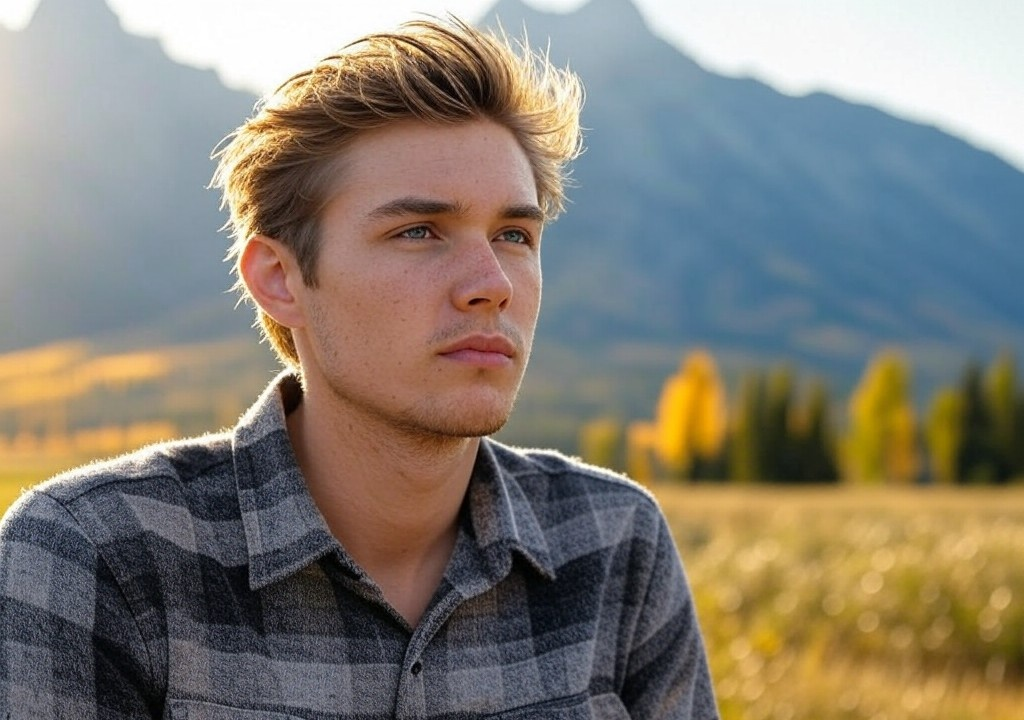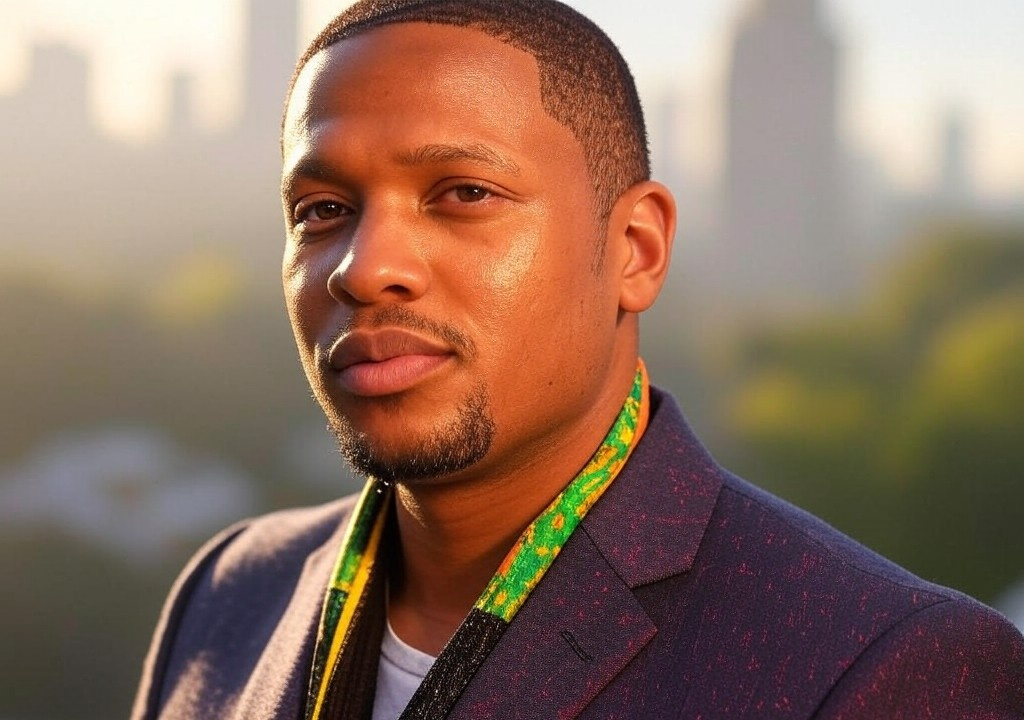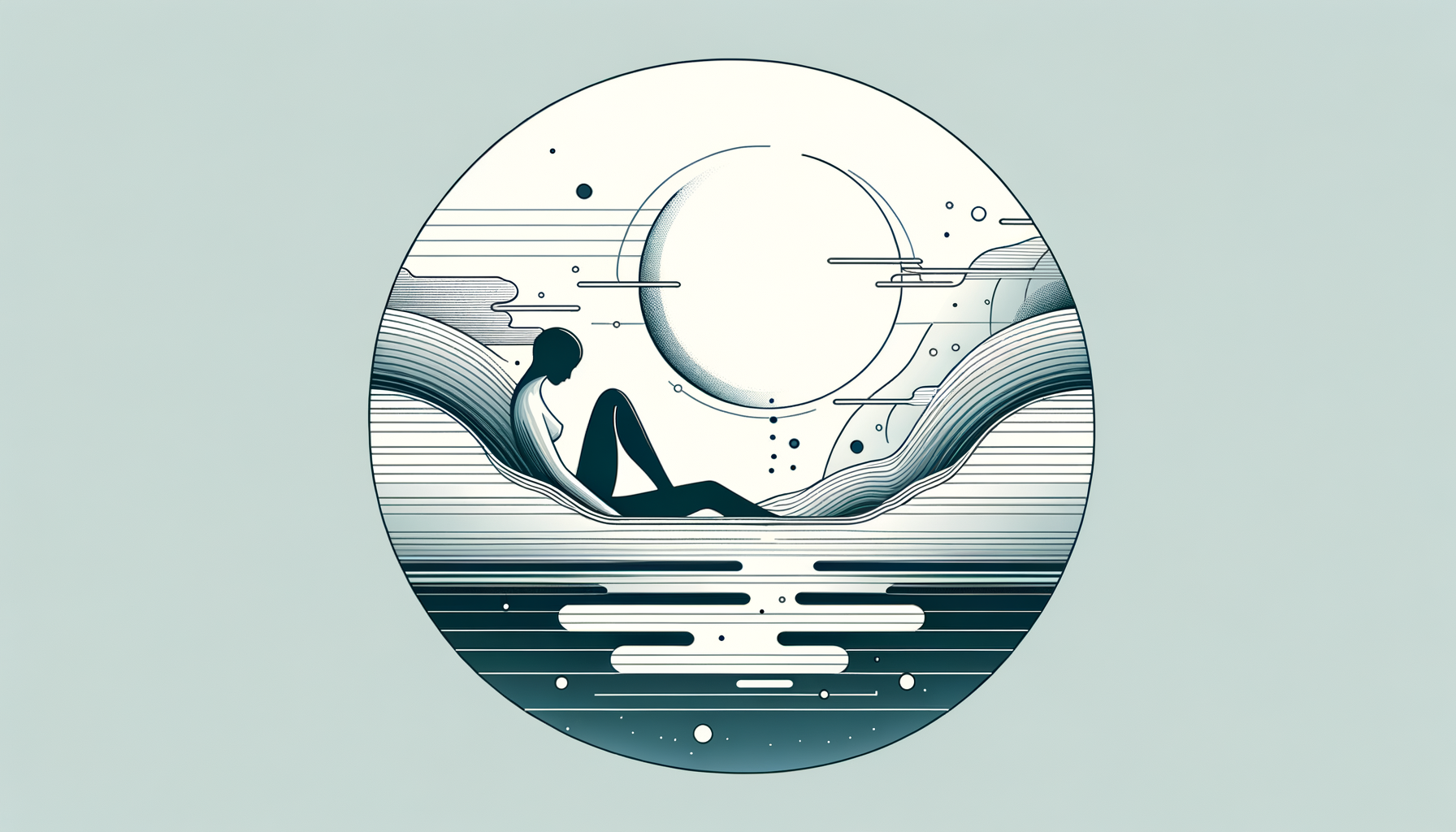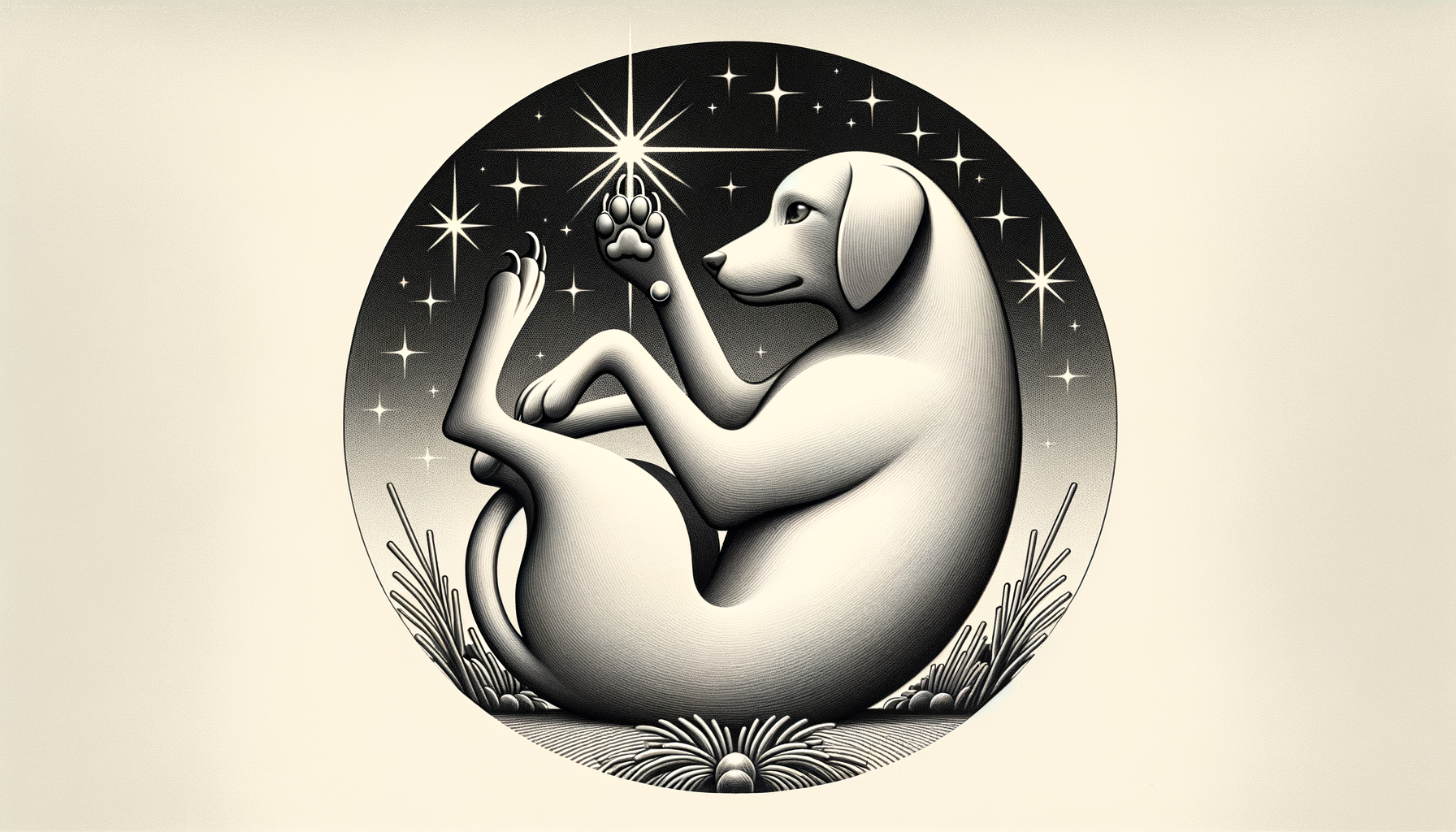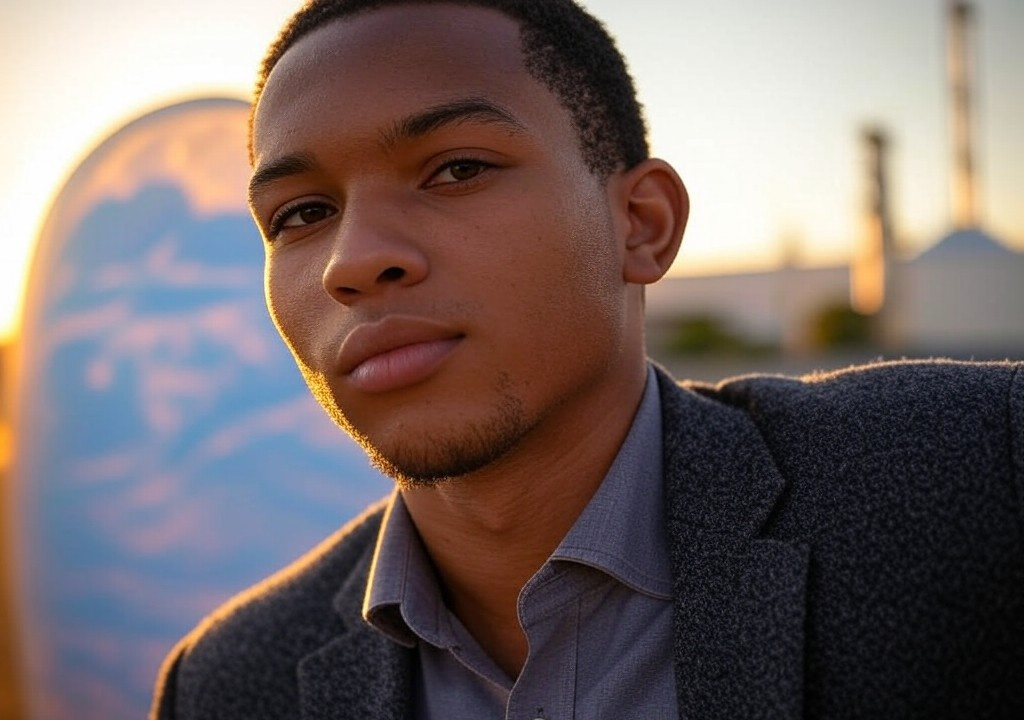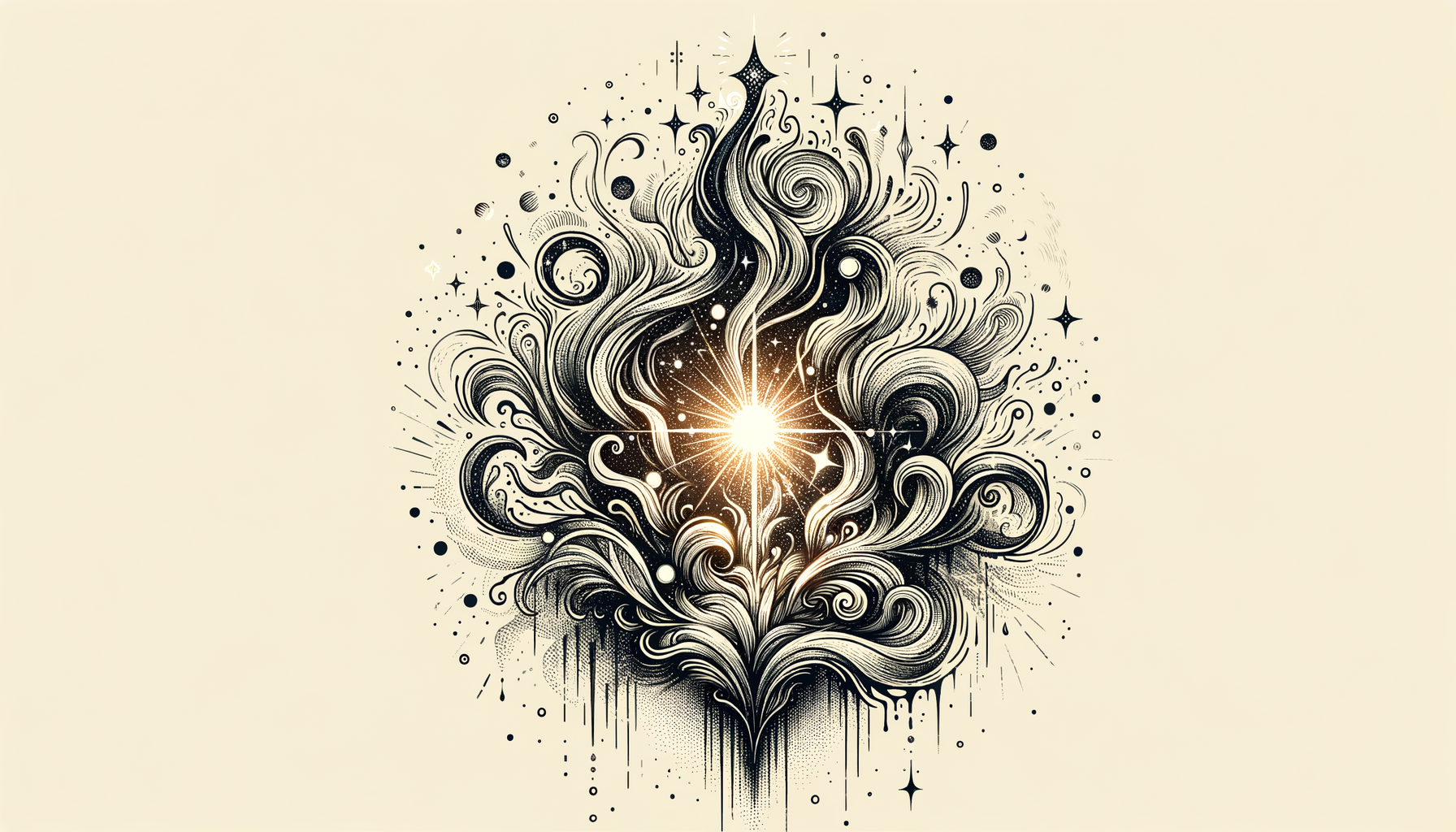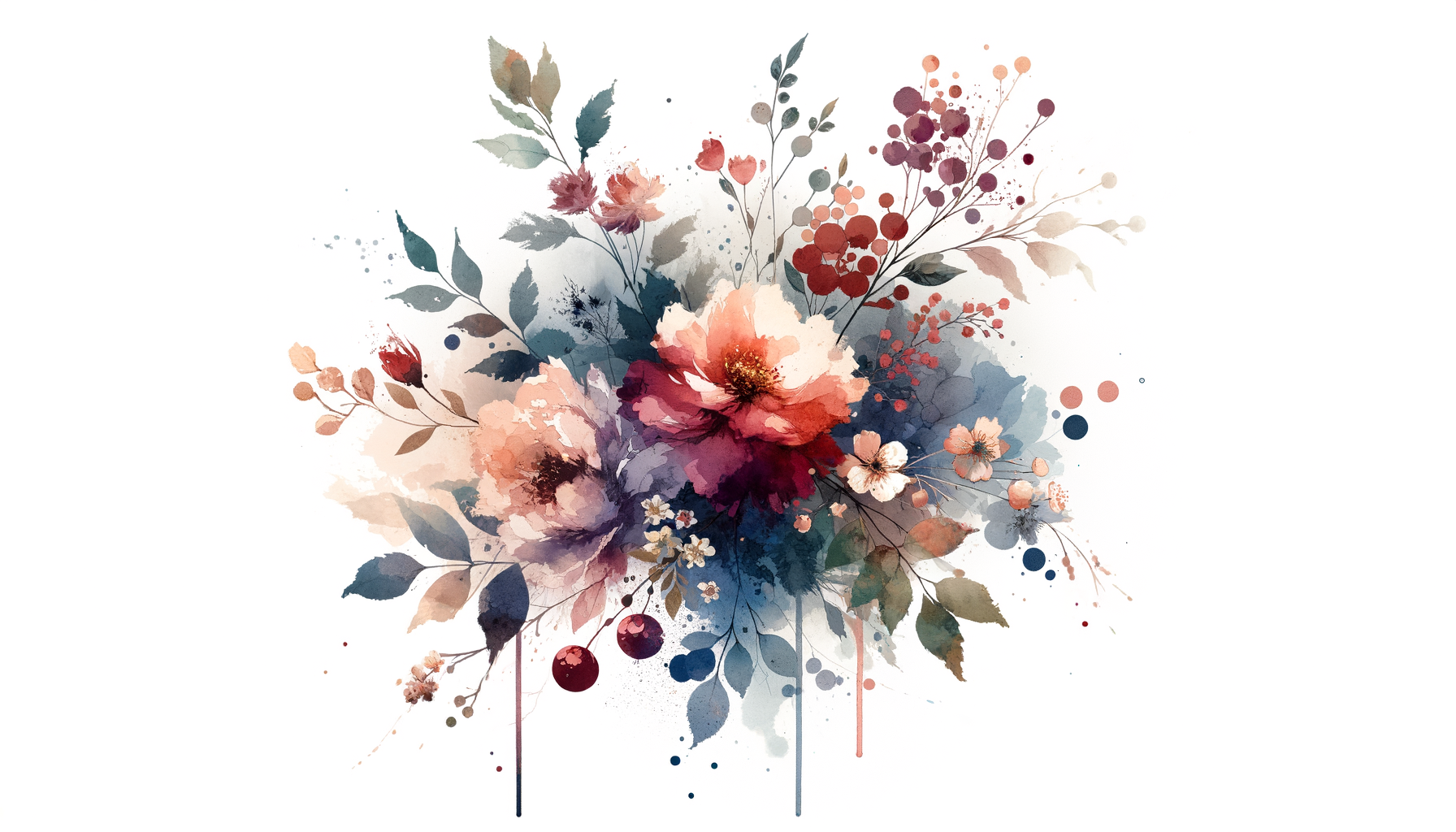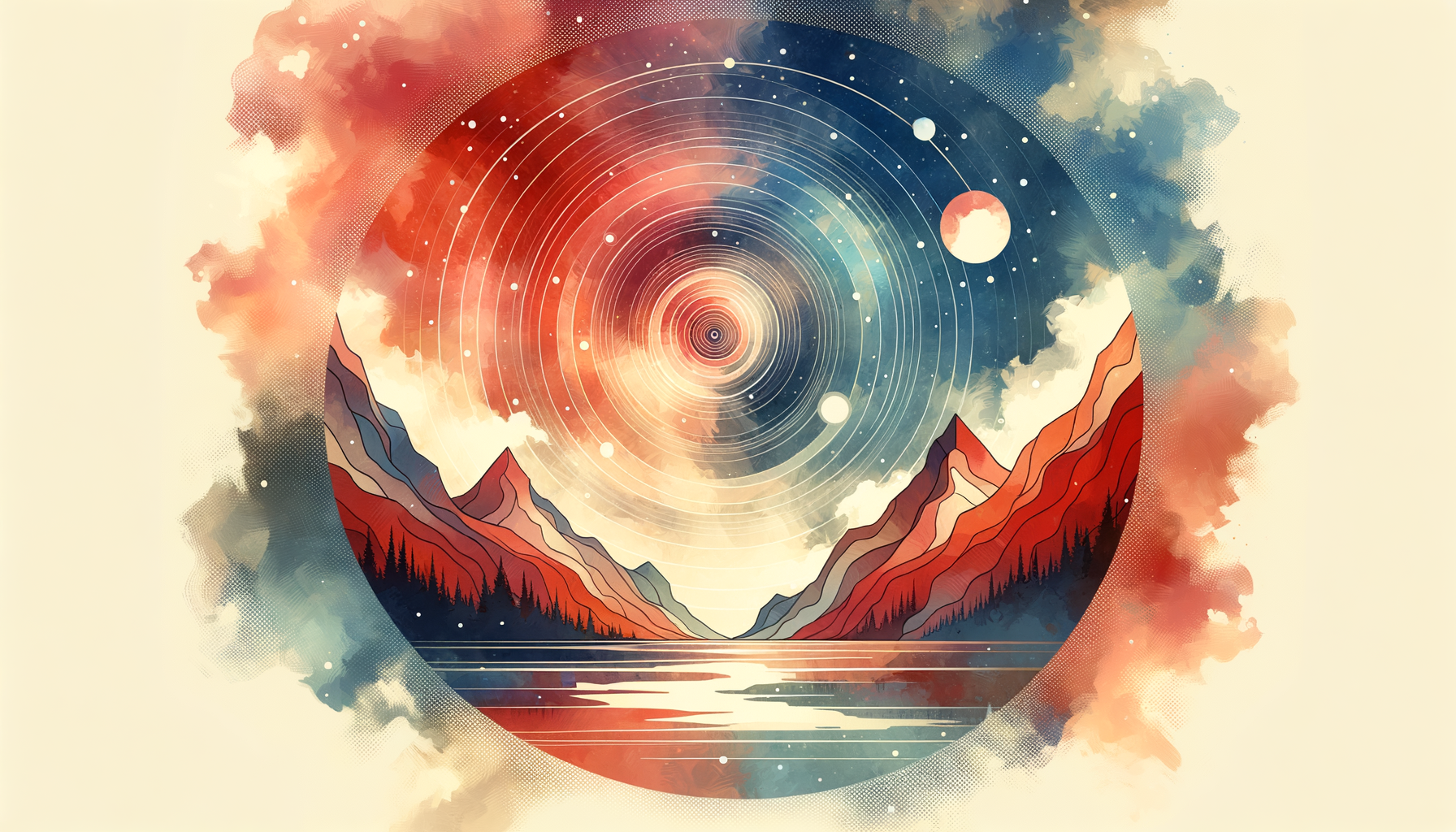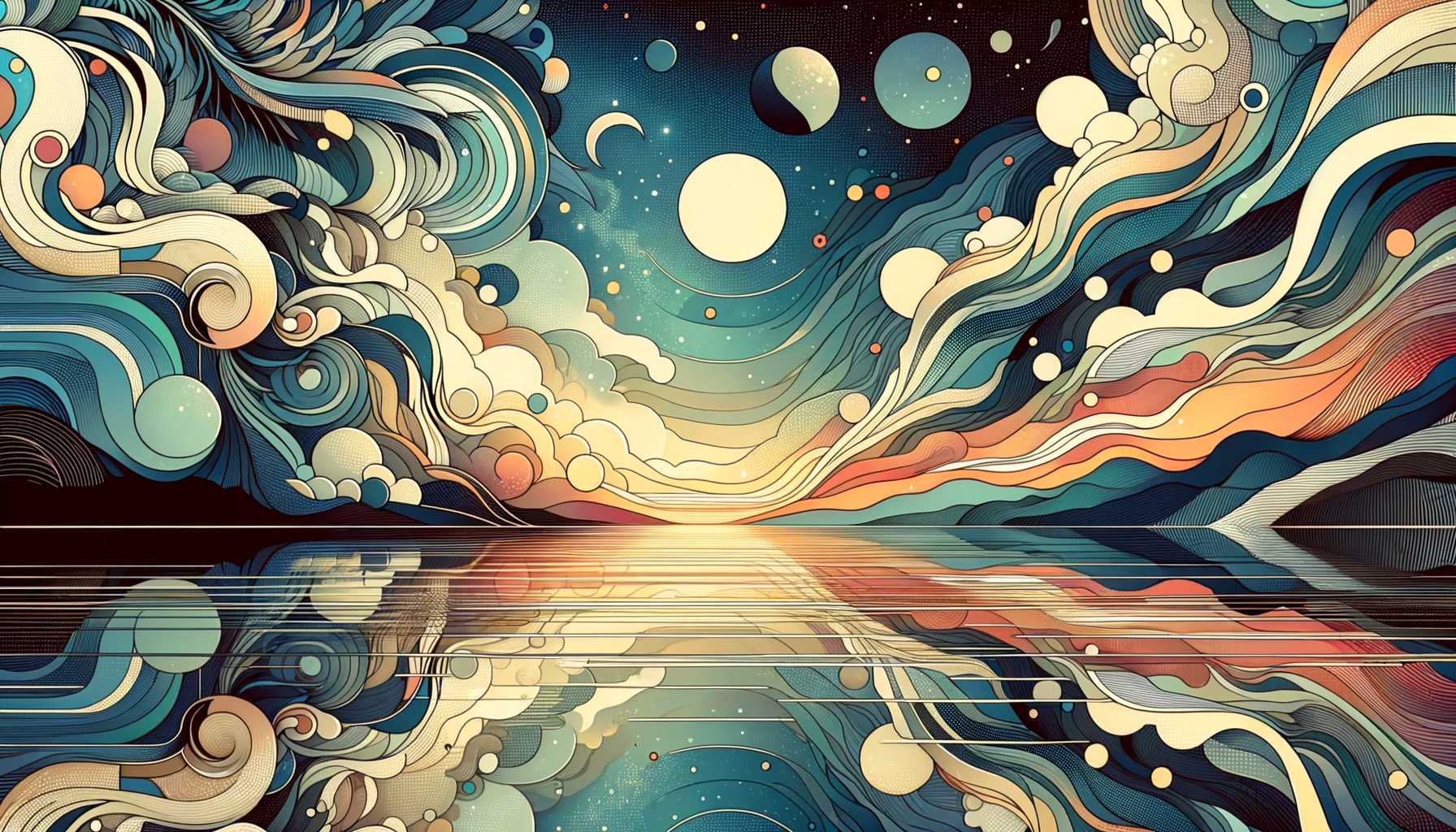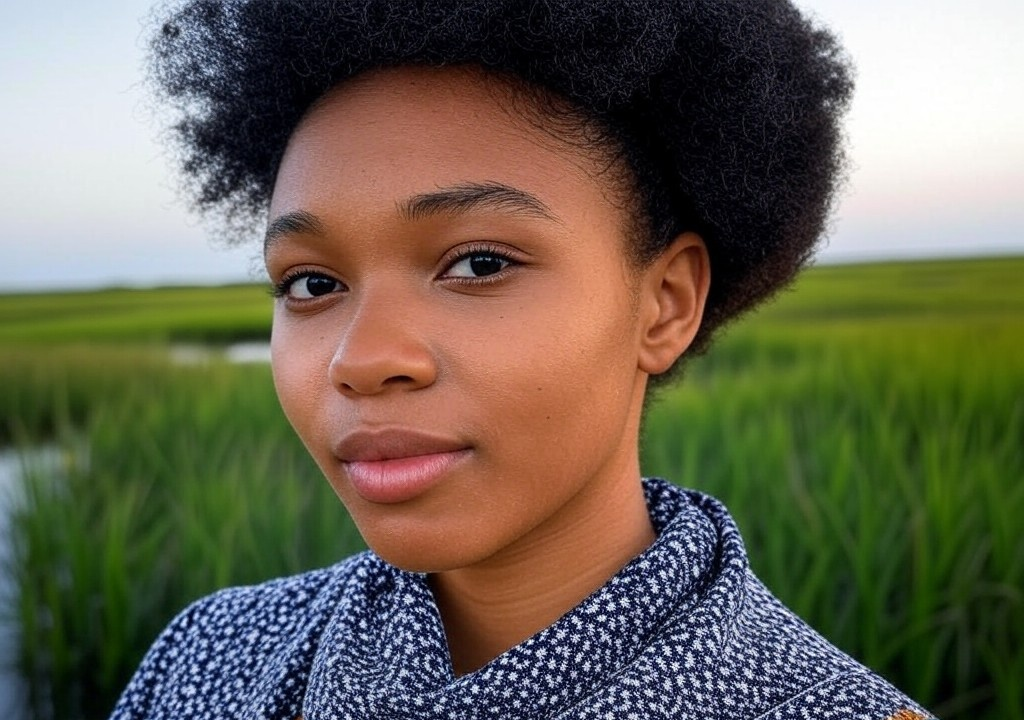Sometimes, life shifts on a moment so small, you almost don’t see it happening. Like stepping into the stirrup for a trail ride—nothing dramatic until the horse moves and you’re suddenly part of something bigger. For me, that moment wasn’t on horseback, though. It happened in a tiny university classroom with bad fluorescent lighting, where someone saw me in a way I hadn’t yet learned to see myself.
A Fork in the Trail
At the time, I was halfway to a degree in Wildlife Biology, busier tracking elk patterns than examining my own. The plan was straightforward: graduate, work in conservation, maybe spend my 30s trading Wyoming winters for South American rainforests or New Zealand beaches. There wasn’t much wiggling built into this plan, and creativity? It didn’t exactly “pencil in.” Keeping a wildlife journal was my one indulgence—quick notes scrawled during hikes about watching bald eagles swoop low or the way sagebrush smells after rain. But those were mine alone, private sketches from a life I thought was too practical for art.
That’s where Professor Green came in. Picture this: a woman somewhere in her 50s, decked out in endless Patagonia fleece, with the razor-sharp wit of someone who could quote both Annie Proulx and Beyoncé without blinking. She led a writing workshop I’d signed up for on a whim—or, more honestly, because I thought it might be easy credits. On the first day, I showed up late, dressed like someone who just climbed Monument Ridge (because I probably had).
Professor Green made quick work of the introductions: “Tell me what you’ve seen, not just what you’ve done,” she said. Most people shared expected answers—“the Grand Canyon,” “a solar eclipse.” When it was my turn, I mumbled something about watching wolves cross a snowy river last winter. She looked me straight in the eye and said, “Write that.”
And, well… I did.
Someone Else’s Vision
The thing about wolves is they look like they belong in motion, as if walking is their natural state of grace. The piece I wrote about that moment—their dark tails whipping behind them, the soft cracking of ice in their wake—was rough around the edges but startlingly personal. I turned it in thinking this was just an exercise for a gen-ed class no one would remember in five years.
Except Professor Green remembered. She read my draft and then said something I’ll never forget: “You write like you’re tracking something. Keep chasing.”
I don’t know if she fully understood how much I needed to hear those words at that time. Most of my world back then was split between facts and logistics—science textbooks, GPS coordinates, field guide sketches. Writing? That was wild, messy terrain, requiring risks I didn’t know how to take. But Professor Green handed me a compass—not directions, exactly, but permission to stray a little off-trail.
Why “Being Seen” Feels So Rare
Here’s the catch: we don’t exactly live in a world built for this kind of recognition. Social media feeds us flattened versions of ourselves, all “highlights” and no shadows. First dates, job interviews, even casual conversations—I’d argue people spend more time trying to impress than connect. And if you’re always projecting who you think others want you to be, how can anyone ever truly see you?
It takes vulnerability to let your guard down and let someone else peer in. But it also takes the right person—a professor, a friend, even a stranger who asks unexpectedly thoughtful questions instead of just “Nice weather we’re having, huh?” These moments stick to your ribs because they feel so rare and, ironically, so ordinary. Nothing glitzy. Just someone taking the time to notice a piece of you you’d written off as unremarkable.
Finding Your “Green Moment”
Not everyone has the luxury of a literal lightbulb moment—trust me, if you’re not into literary metaphors, I’m sure the “write that” example sounds a little much. But the real takeaway isn’t about a professor seeing her student; it’s about how you can open yourself to the possibility of having those moments, too. Here’s the real deal:
1. Take Risks on Yourself
The easiest way to be seen? Show your real self—quirks, messiness, the works. Maybe it’s trying out stand-up comedy at your local open mic (yes, you’ll bomb; no, you won’t die), or sharing that short story rotting in your Google Docs with a trusted friend. You can’t be seen if you’re hiding, and trading safety for exposure is scary but worth it.
2. Seek Out Unlikely Mentors
Let’s be clear: the people who recognize your magic first are rarely your obvious cheerleaders. Your best buddy at work might be fun to gossip with at happy hour, but often, it’s the person with more life experience—or crucially, a different perspective—who’ll open doors you didn’t even know were there. Be teachable, and don’t limit yourself to relationships only within your comfort zone.
3. Return the Favor
Think about how many people cross your path each day without anyone stopping to really notice them. It’s wild. Next time someone shares a part of themselves—be it a weird hobby or frustration over a work deadline—listen. You have no idea how far even a small moment of recognition can go.
Actions Speak Louder Than, You Know, Words
Walking into that workshop years ago, the last thing I expected was to walk out with a sense of direction. But Professor Green’s gentle nudge changed my trajectory completely, and for that, I’ll always be grateful. I still spend plenty of time outdoors—peering through binoculars, noting the sound of leaves rustling—but I now know the power of pairing those observations with words, of storytelling. And to think, it all started with a woman who looked past my boots and flannel and saw something worth encouraging.
So here’s my challenge: be someone who stands still long enough to see others. The world moves like wolves crossing ice—quick, relentless, and almost impossible to pin down. But every so often, if you’re watching closely, you’ll catch something worth writing down, worth holding onto. Better yet, you’ll help someone else see it, too. And that? That’s a moment that changes everything.


